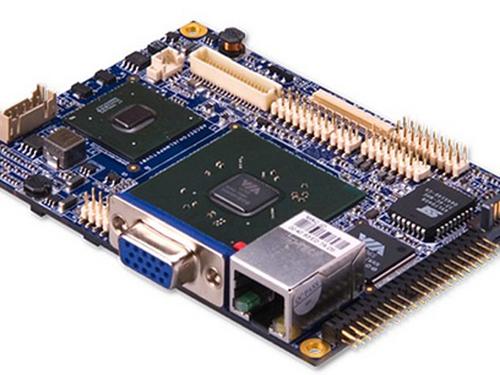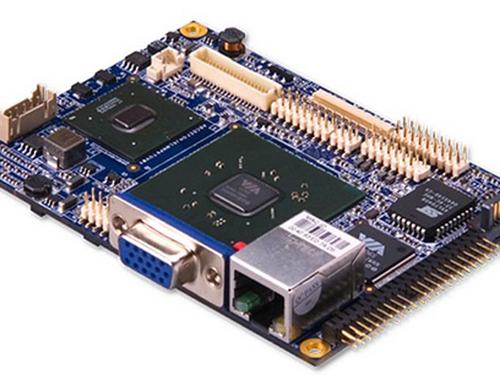Oracle Packages Java for Embedded Systems Design
September 28, 2012

In an attempt to capitalize on the huge opportunity in the embedded systems market, and the dominance of the Java programming platform, Oracle has unwrapped a new set of offerings facilitating the design of applications across a wide range of embedded systems. These systems include network appliances, healthcare devices, home gateways and routers, and large multifunction printers.
The company unveiled a pair of offerings as part of its embedded systems push: Oracle Java Embedded Suite 7.0, which aims to speed development of embedded systems; and Oracle Java Micro Edition (ME) Embedded 3.2, a run-time version geared for microcontrollers with less than a megabyte of memory, and as little as 130K bytes of RAM and 350K bytes of ROM.

Citing stats such as 1 billion Java downloads annually, and the fact that more than 3 billion devices are powered by Java technology, Oracle officials said the market is ripe for more powerful development tools built on the programming language, and optimized for the design of embedded systems applications. Especially, they claim, in light of the growing interest in creating machine-to-machine applications (M2M), or what's being called the "Internet of Things."
"M2M is touted as the next big wave of technical innovation," Peter Utzschneider, Oracle's vice president of product management, told us. He said Java is the perfect programming solution to propel this trend, given the huge numbers of entrenched developers, and the fact that Java code is transportable between an array of devices.
In fact, Utzschneider said traditional methods of writing native code for embedded systems applications don't lend themselves to the new world of M2M, where applications need to be continually refreshed. "Devices have tended not to get smarter over time, or get new features rolled out because that hasn't been the nature of the business," he said. "But with the Internet of Things coming, that means devices have to be connected and intelligent enough to do things that we're asking them to do, or report back on what they've done. The way people have developed (applications) in a proprietary, isolated fashion no longer works."
To address the new demands of the emerging market, Oracle Java Embedded Suite 7.0 bundles a Web server, Web services, and database technologies, along with an applications framework, into a standards-based solution optimized for embedded devices. Specifically, the bundle is based on the Oracle Java Platform Standard Edition (Java SE) Embedded 7, Java DB, versions of GlassFish for Embedded Suite, and the Jersey Web Services Framework (optimized for a reduced footprint).
Oracle Java ME Embedded 3.2 is designed and optimized to meet the unique requirements of small, embedded, low-power devices like microcontrollers, sensors, and other resource-constrained hardware without screens or user interfaces. With support for on-the-fly application downloads and updates, remote operation in challenging environments, and the ability to add new capabilities without impacting existing functions, Oracle Java ME Embedded 3.2 brings a commercial implementation of the programming language for small-footprint devices based on the ARM architecture, including Cortex-M and Cortex-A.
Target applications include wireless modules for M2M, industrial and building control, smart grid infrastructure, home automation, and environmental sensors.
Related posts:
About the Author(s)
You May Also Like



